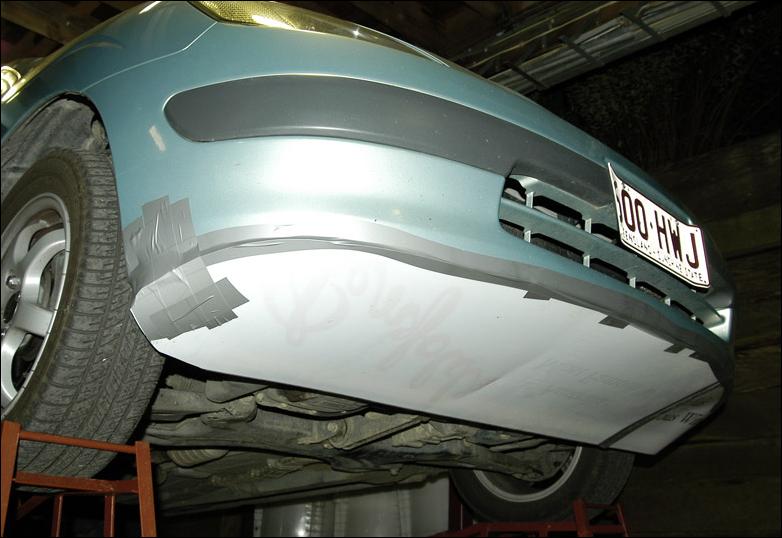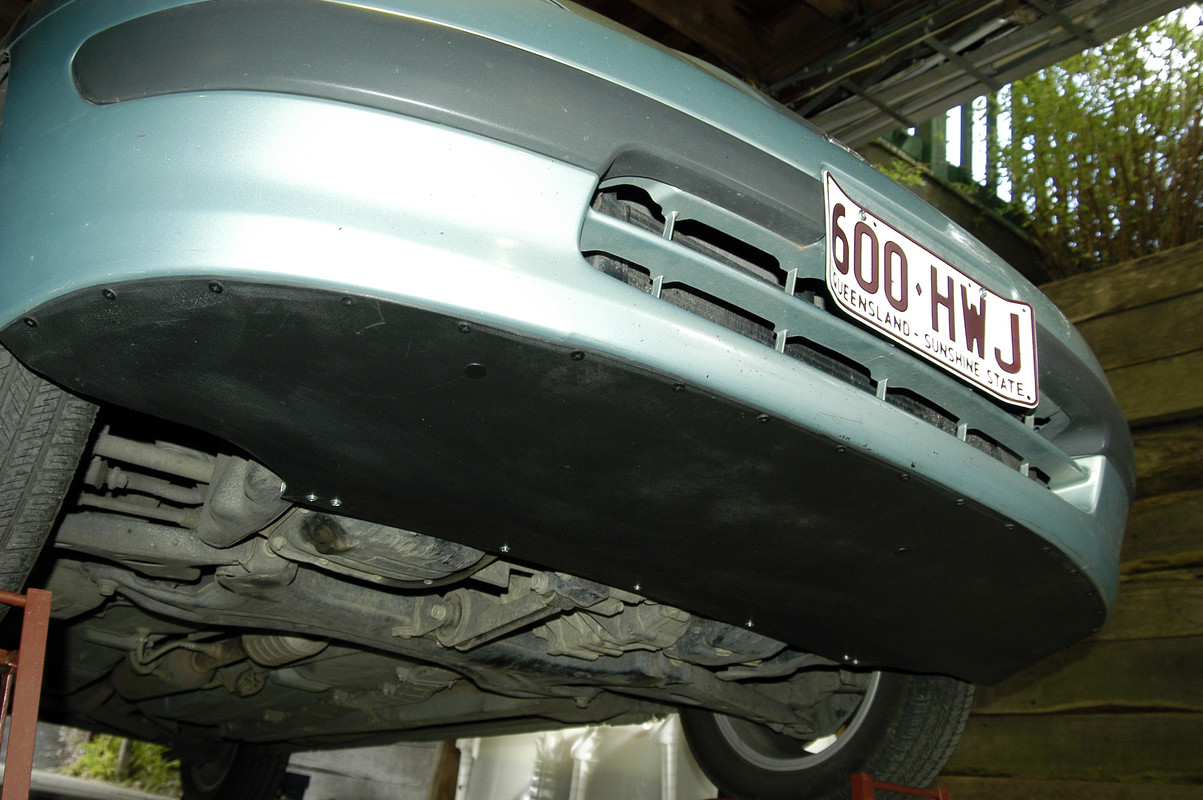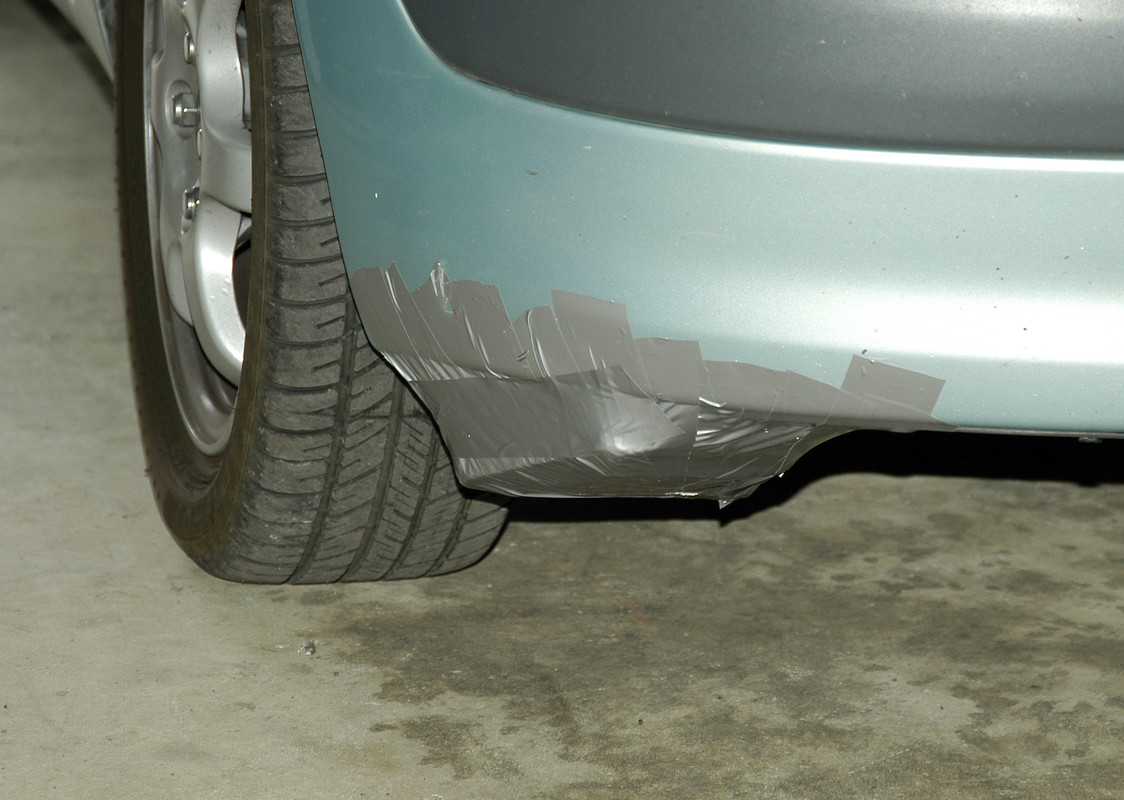In the first post in this thread I nominated objective testing techniques - testing that either uses numbers (eg speed in throttle-stop testing) or applies concrete criteria (eg determining whether flow is attached or separated in wool tuft testing).
But subjective testing is also very important.
In a previous life, when I wrote new car tests, almost all the tests I wrote were subjective. We used fuel economy and performance figures, but all the rest was subjective. Handling balance, steering feel, ride quality - even the ergonomics - were judgements that I (and usually a colleague - we'd share the car over the week) made.
As my experience in testing cars grew, I think my judgements improved, but the tests largely remained just my opinion. And I was happy with that, as I thought it probably more useful to a typical car buyer than pages of figures.
In car aerodynamics, where possible, I much prefer to use objective data. Measured lift/downforce, measured mileage, measured throttle-stop testing - and so on. But for some criteria, I don't think that works. One good example is car stability. How discombobulated does a car become in gusty crosswinds? How rapidly does steering correction need be applied? When slowly drawing past large vehicles on multi-laned freeways, how distinct is the bow wave of the other vehicle?
And sometimes, it's good to use both objective and subjective testing.
An example that springs to mind is when I put a front undertray on my NHW10 Prius. The NHW10 was the very first Prius, a Japanese-only model that was not sold out of that country. However, here in Australia, some importers were bringing in used cars, and I bought one of them. (So at one stage I owned both 'first' hybrids of the modern era - the NHW10 Prius and the Gen I Insight. This was back in about 2004.)
The front underside of the Prius was pretty bad, and I made an undertray that was (1) much larger than the original, and (2) also much smoother. I first tested a mock-up...

...and measured better highway fuel economy.
I then made the real one, and it worked at least as well as the mock-up.

With the new undertray in place, I could detect no major change in stability, although if I had to guess, I would have said it was just a
fraction better than standard.
I then thought I might make some trial fairings that could go ahead of the front wheels. My mock-ups looked like this.

But this time the car's stability was clearly - and adversely - impacted. The car needed more steering correction in crosswinds and, simply, wasn't as poised on the road. So I took them off.
(To me driving stability outweighed any potential mileage gains, so I didn't even bother measuring mileage with them on).
So I would never write-off subjective testing, especially of attributes like aerodynamic stability.